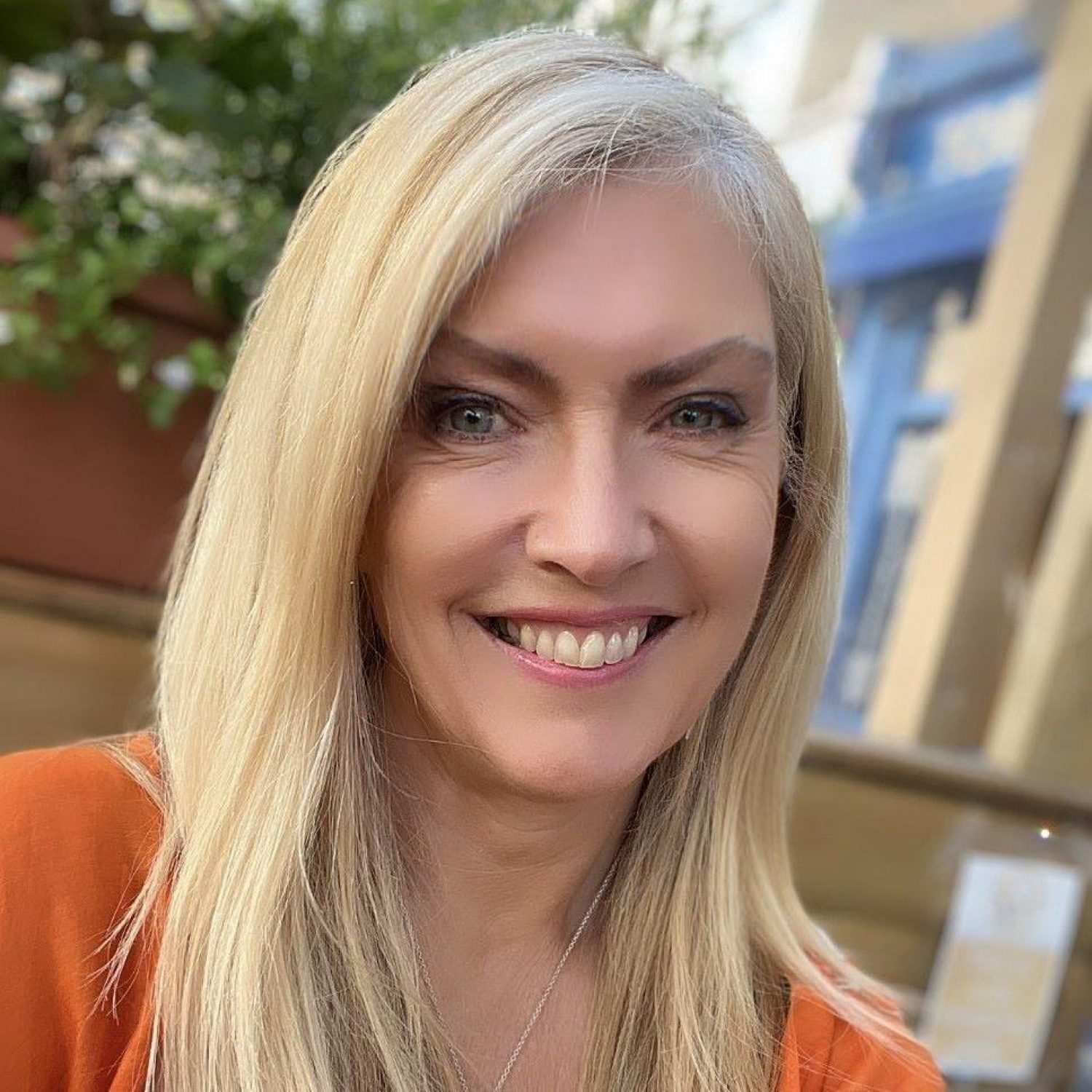Four minute read
When Linda’s partner Graham died , she felt alone in her grief. Determined that no other bereaved person should miss out on the support they need, Linda set up the Good Grief Trust to provide help and hope in one place.
The best ideas are often the most obvious. The ones that you can’t believe that no one has thought of before. The Good Grief Trust is one of these ideas.
When Linda looked for information and support after her partner died, it wasn’t there when she needed it.
“I didn’t understand why it didn’t exist,” she says. “It was completely jaw dropping. Why didn’t we know what was happening down the road, when there was someone there ready to offer support? I felt totally alone. I didn’t know where to turn, practically or emotionally. There was nothing.”
The Good Grief Trust seeks to fill this gap. Linda explains, “Many organisations, rightly, specialise in one thing — offering the best possible support service. At the Good Grief Trust, we focus on the bigger picture, bringing everyone together in one place, so everyone can find what they need. It’s hard work, but it’s not rocket science.”
Providing a choice of quality support
Today, the Trust’s website is a one-stop-shop for grieving people. It’s up-to-date, comprehensive, easy to access and signposts over 900 specialist organisations that offer bereavement support free of charge.
Find a support organisation near you on the Good Grief Trust map
“Our list of organisations is growing all the time,” says Linda. “People need a choice of support, and they need quality support. We want to make sure everyone gets the best possible support, but we don’t know what each individual needs.
"It’s important that people know that help is there from day one, even if they don’t want it yet. No one should be left feeling like they are in a fog — it should be simple where to go.
“It’s also so important that we share stories from bereaved people and from health professionals. Our website is full of nuggets of advice and guidance. Whatever your experience, your story can be someone else’s hope.”
Reaching out to all who need it
As well as the website itself, the Good Grief Trust supplies cards for hospitals, schools, universities, hospices, bereavement teams, funeral directors and others to give to bereaved people. These are a condolence card and a signposting tool.
Linda explains: “It’s hard for individual organisations to keep their websites or printed material up to date. The card is something tangible that you can hand to someone. It signposts to our website which is constantly kept up to date. You can add an extra, personal note on the card as well.
“There’s a credit-card-sized section that you can pop out and put in your wallet, give to friends or family or keep for yourself. Everywhere you go, it’s there as a little piece of security. Our dream is that it gets to everyone who needs it. Our branding is also hopeful, not in the usual dark colours.”

